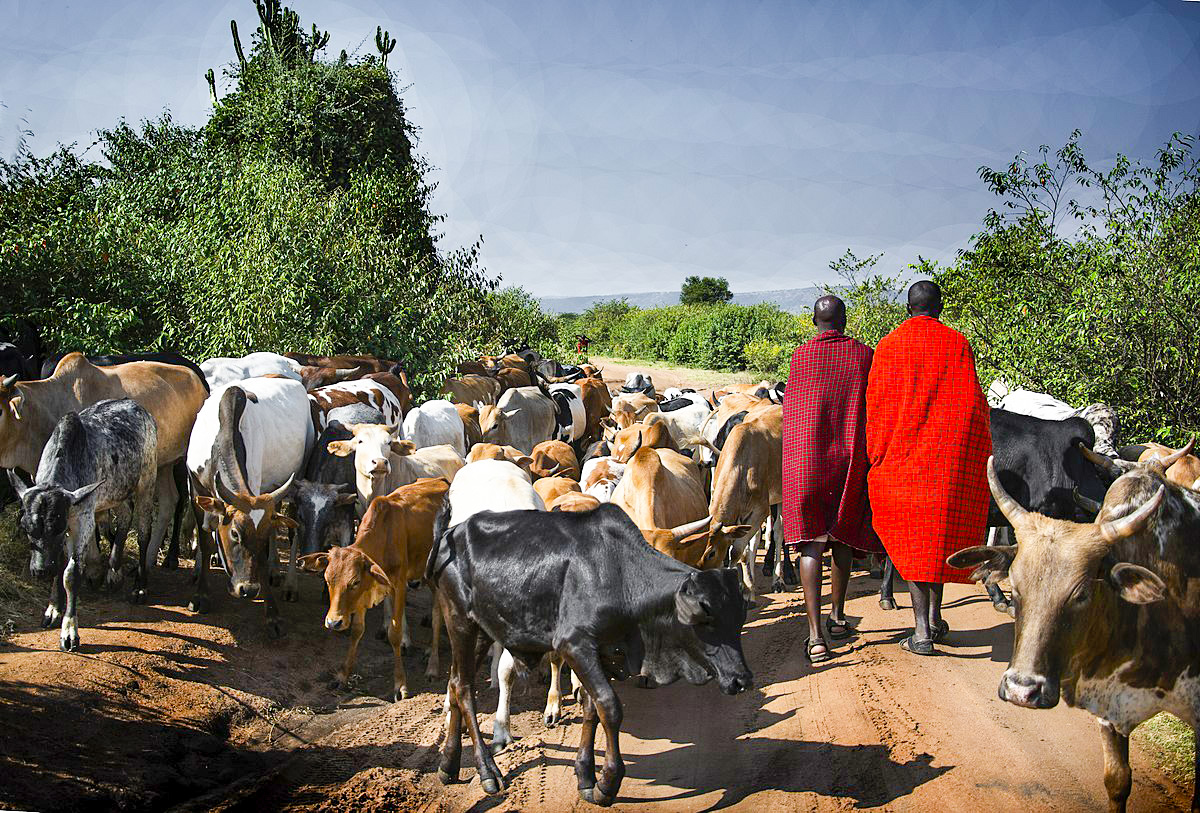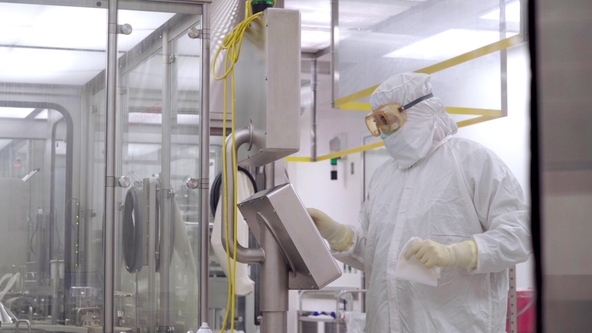It is estimated that humans have generally consumed milk and dairy products from livestock such as cattle, sheep and goats from the time they started taming livestock.
However, it is not easy to keep track of exactly when and where you started eating animal milk. Archaeologists have been trying for decades to reconstruct this milk consumption practice in a variety of ways.
They looked at ancient rock paintings, saw humans milking animals, and looked at animal bones to reconstruct animal killing patterns that could reflect the use of dairy products.
More recently, scientific methods have been used to detect traces of milk fat in ancient food bowls. However, none of these methods could confirm whether a particular individual consumed milk.
Tartar,’the gold mine of information’ about ancient people
In this context, archaeologists are increasingly using proteomics to study ancient dairy products. By extracting fragments of proteins preserved in ancient relics and materials, it is now possible to detect whether the protein is milk protein, and specifically, a particular species of milk.
But where are the proteins ingested like this preserved? One of the important reservoirs is tartar. Tartar mineralizes and hardens over time.
Many ancients didn’t use toothbrushes, so they couldn’t remove plaque, a sediment that sticks to their teeth, resulting in a lot of tartar. The ancients may have suffered from tooth decay caused by these plaques, but food proteins in the plaques preserved for thousands of years could form a gold mine of information about ancient diets.
In Africa, it has been confirmed that dairy products made from animal milk have been consumed since about 6000 years ago. Kenya’s Maasai tribe driving cattle. © WikiCommons/Summering2018
–
“Goats and sheep, an important source of milk for early African pastoral societies”
Recently, a joint research team at the Max Planck Institute of Human History in Jena, Germany and the National Museum of Kenya, investigated the tartar of African remains, which can be difficult to preserve protein due to high temperature and humidity, and published it in the latest issue of the scientific journal Nature Communications.
The research team analyzed the tartar of 41 ancient adults from 13 pastoral sites in Sudan and Kenya, and recovered milk protein from eight of them.
“Some of the proteins are very well preserved, so we can determine which animal milk they come from,” said the first author of the paper, Madeleine Bleasdale, a researcher at the Max Planck Institute for Human History. It shows a long history of drinking milk since years ago.”
The first milk protein reported in the study was about 6000 years old and was identified in Sudan’s cemetery Kadruka 21.
In the cemetery adjacent to Kadluca 1, another individual tartar from about 4000 years ago was also found. The researchers identified the type of protein in the tartar and found that the source of dairy products was chlorine.
“This is the first direct evidence of goat milk consumption in Africa,” Blissdale said. “Goats and sheep seem to have been important milk sources in early pastoral societies in a drier environment.”

Plaque of ancient people placed for analysis in a specialized clean room of the Max Planck Institute of Human History. © M. Bleasdale
–
Evolution of’lactase persistence’
The team also found milk protein in tartar from individual remains excavated from Lukenya Hill, an early pastoral region in southern Kenya 3600 to 3200 years ago.
“Animal milk consumption seems to be a key part of enabling African herders’ success and long-term resilience,” said Dr. Steven Goldstein, co-author of the paper.
As research on ancient dairy grows globally, Africa is becoming an interesting place to investigate the origins of milk drinking.
The unique evolution of lactase persistence in Africa, coupled with the fact that animal milk consumption is still important in many societies on the African continent, is playing an important role in understanding how genes and cultures can evolve together.
As a child, a person feeds on mother’s milk and grows, and lactase, an important lactic acid-degrading enzyme, is activated to completely digest the milk. However, the persistence of lactase is greatly reduced after milking, which can make it difficult for adults to digest animal milk.
On the other hand, some people have’lactase persistence’ as lactase production continues into adulthood.

Researcher Madeleine Blissdale, the first author of the paper, is preparing a sample for analysis. © S. Brown
–
Early milk drinkers, no lactase
Europeans have one major mutation associated with lactase persistence, but about four are found in different population groups across Africa.
How did this happen? This question has fascinated researchers over the past decades. The answer to how dairy and human biology co-evolved remains a mystery overall, despite decades of research.
Combining evidence that ancient people drank milk with genetic data from some Africans, the team was able to confirm whether early milk drinkers in Africa had lactase persistence.
The answer came out as’no’. The ancients were consuming dairy products without any genetic adaptations to support drinking milk until adulthood.
This suggests that drinking milk actually created conditions that aided in the emergence and spread of lactase persistence in the African population.
Make fermented dairy products and digest them
“This is a great example of how human culture has reconstructed human biology over thousands of years,” said Professor Nicole Boivin, senior author of the paper and director of the Max Planck Institute of Human History.
But how did the ancient Africans ate milk without the enzymes needed for digestion? The answer may lie in fermentation. Dairy products such as yogurt have lower lactose content than fresh milk, so early herders may have made milk easier to digest.
Dr. Emmanuel Ndiema of the National Museum of Kenya, the co-author of the paper, said that the study “provides a glimpse of Africa’s important position in the history of dairy farming.” It has demonstrated the lasting value and potential of museum collections around the world, including Africa.”
(34)
–


